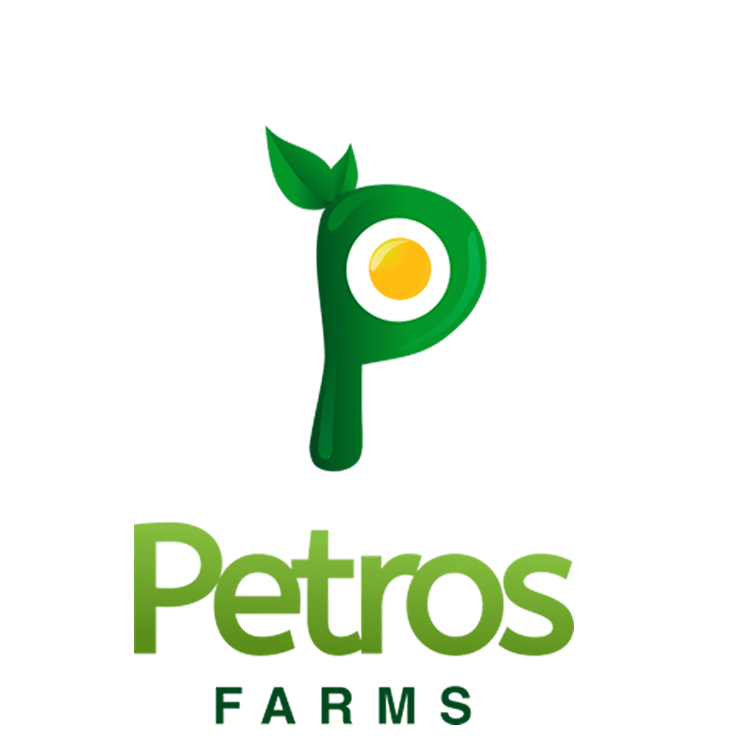12 Apr Why 16% Is The Cornerstone Of Productive Laying Hens
Introduction:
When it comes to raising commercial laying chickens, ensuring they receive proper nutrition is paramount for their health, productivity, and overall well-being. Among the various nutritional components, crude protein in chicken layer feed stands out as one of the most crucial elements in their diet. In this blog, we’ll delve into why a minimum of 16% crude protein is essential for commercial laying chickens, drawing insights from two feed analyses and ultimately recommending the superior feed option.
Understanding Crude Protein
Before delving into the significance of 16% crude protein, let’s understand what crude protein in chicken layer feed represents.
Crude protein refers to the total amount of protein in a feed, including both true protein and non-protein nitrogen compounds. For laying hens, protein is vital for various physiological functions, including egg production, feather growth, and muscle development.
Let’s examine the two feed analyses provided:
Feed A:
- Crude Protein: 15.29%
- Metabolizable Energy: 2532 kcal/kg
Feed B:
- Crude Protein: 16.30%
- Metabolizable Energy: 2556 kcal/kg
Both feeds contain essential nutrients required for chicken health, such as fat, fiber, calcium, and phosphorus. However, the significant difference lies in their crude protein in chicken layer feed content.
The Importance of 16% Crude Protein
For commercial laying hens, a minimum of 16% crude protein in chicken layer feed is recommended for several reasons:
- Egg Production: Protein is essential for egg production. Laying hens require adequate protein to support the development of egg yolks and albumen. Insufficient protein levels can lead to decreased egg production and poor egg quality.
- Feather Quality: Protein is a crucial component of feathers. Laying hens need high-quality feathers to regulate their body temperature and maintain overall health. Inadequate protein levels may result in feather abnormalities and increased susceptibility to environmental stressors.
- Muscle Development: Protein is essential for muscle development and maintenance. Laying hens need sufficient protein to support their daily activities and maintain muscle mass. Inadequate protein intake can lead to muscle weakness and decreased mobility.
- Overall Health and Immunity: Protein plays a vital role in supporting the immune system and overall health of laying hens. Adequate protein levels are necessary for the production of antibodies and other immune factors that help protect chickens from diseases and infections.
In conclusion:
Considering the importance of 16% crude protein in chicken layer feed for commercial laying chickens, Feed B emerges as the superior option. With a crude protein in chicken layer feed content of 16.30%, Feed B meets the minimum protein requirement and provides a slightly higher level of protein compared to Feed A.
Additionally, both feeds offer similar metabolizable energy levels, ensuring adequate energy intake for laying hens. By prioritizing proper nutrition, poultry farmers can maximize the productivity and well-being of their laying flock.
Top 5 Key Takeaways
- Crude protein in chicken layer feed is vital for egg production, feather quality, muscle development, and overall health in laying hens.
- A minimum of 16% crude protein in commercial feed for hens is recommended to optimize productivity and well-being in laying chickens.
- Adequate protein levels are crucial for consistent egg production and high-quality egg output.
- Protein is essential for maintaining healthy feathers, which regulate body temperature and protect against environmental stressors.
- Proper protein intake supports the immune system, safeguarding laying hens from diseases and infections.
Cheers.
Petros Farms
Share with:
